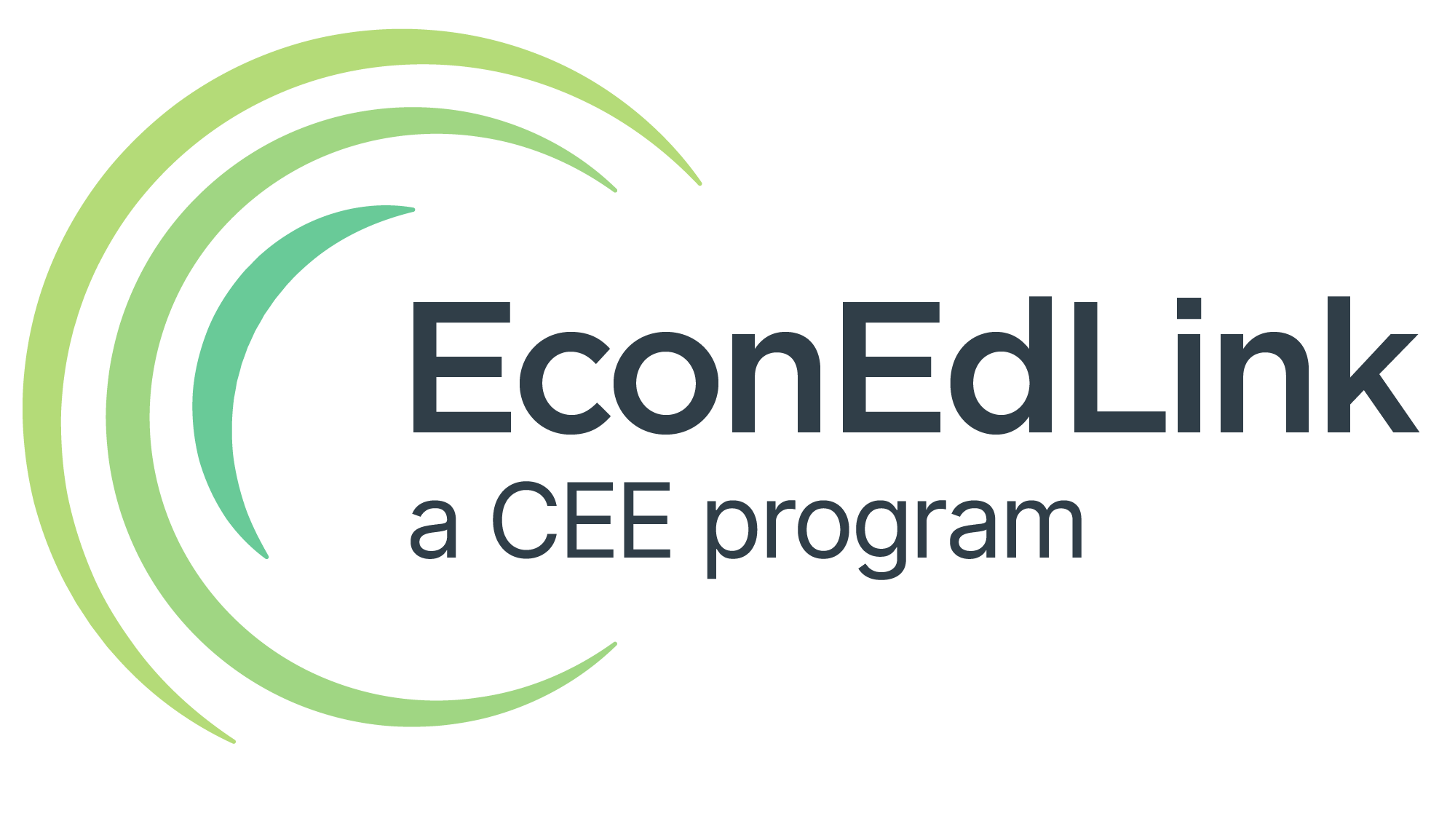
Grades 9-12
Happy EconEdMonth! Celebrate economics all month long by visiting EconEdMonth.org

Don't have an account yet? Sign up for free
Don't have an account yet? Sign up for free

This lesson from the Federal Reserve Bank of St. Louis’ EconLowdown site teaches students what it means to save and reach savings goals through the book Beatrice’s Goat by Page McBrier.
In this lesson, students listen to a story about Beatrice, a little girl from Uganda who receives a goat, and the impact of that goat on her family. Students learn what it means to save and use estimation to decide whether or not four people have enough money to reach their individual savings goals. They also work through a set of problems requiring them to identify how much additional money must be saved to reach given savings goals. Students learn what opportunity cost is and identify the opportunity costs of savings decisions made by Beatrice and her family.
For access to the complete lesson plan, please visit EconLowdown , the Federal Reserve Bank of St. Louis’ website of award-winning, free classroom resources for use by pre-K through college educators who teach economics, personal finance, money and banking, and the Federal Reserve.

Grades 9-12


Grades 9-12

Grades 9-12
